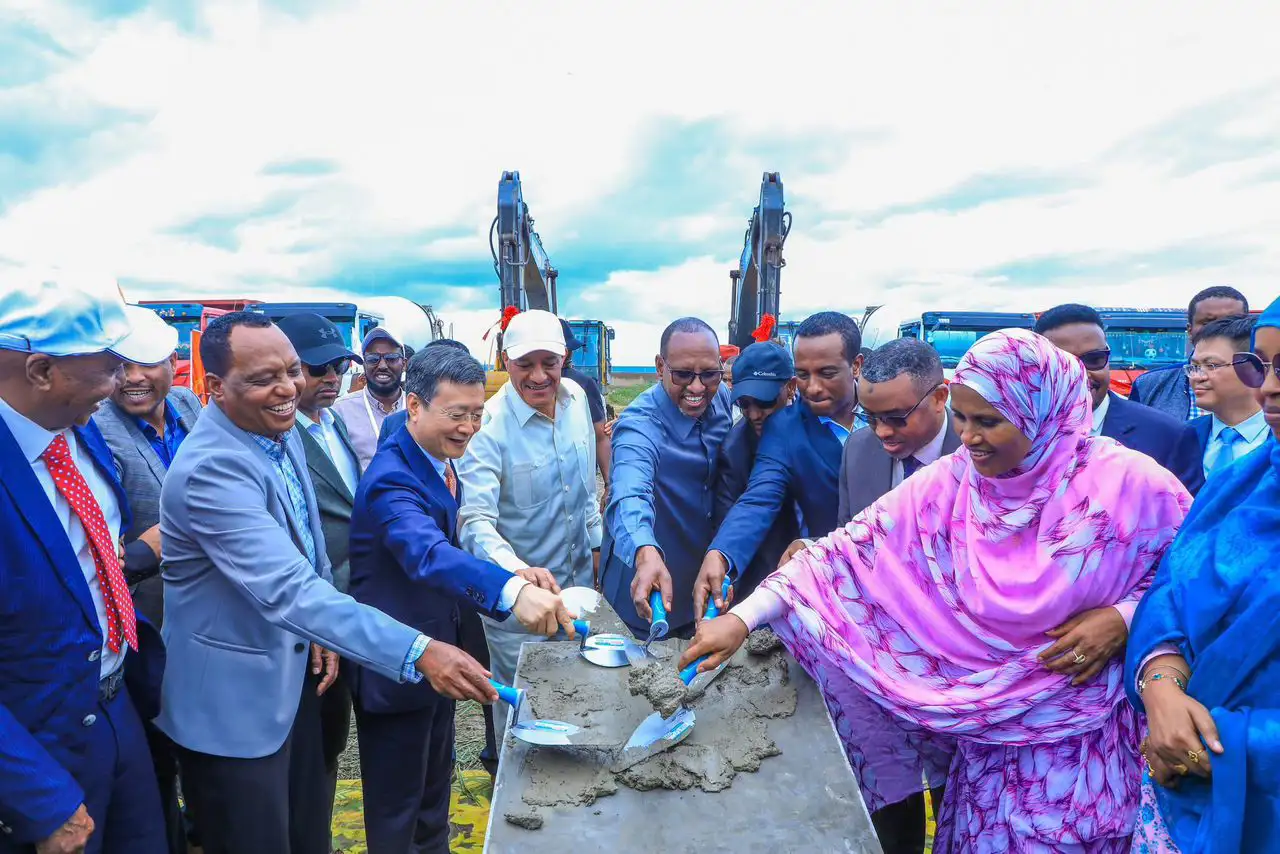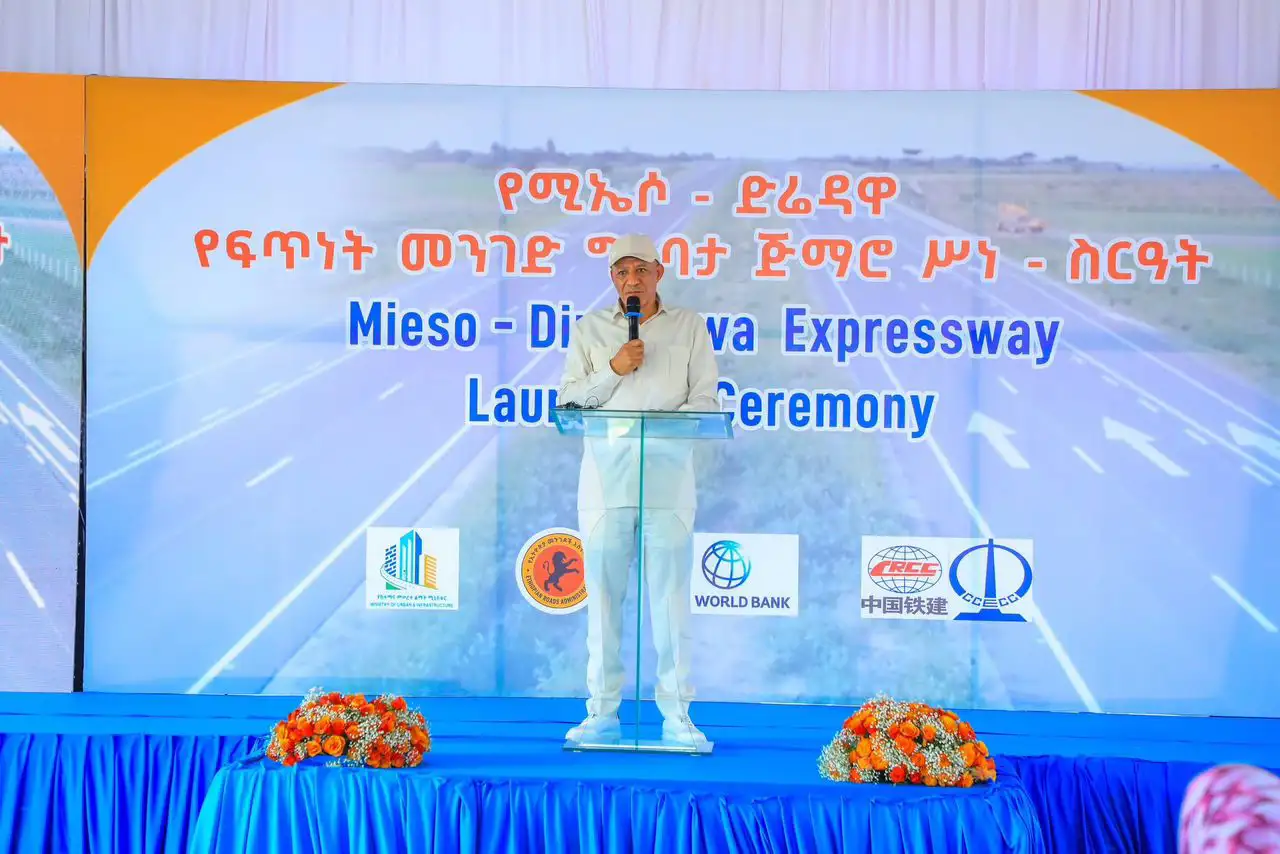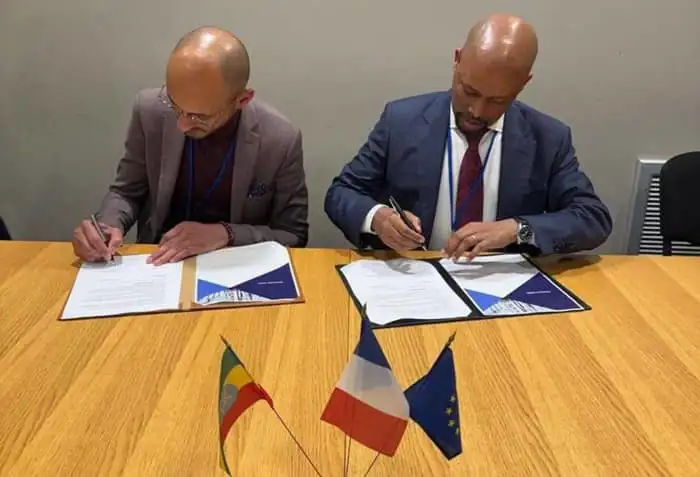Deputy Prime Minister Temesgen Tiruneh inaugurated the construction of the Meisso-Diredawa Expressway today, a project poised to revolutionize trade and connectivity between key regions in Ethiopia and drastically reduce travel times.
The 62.6-billion-birr project, backed by the World Bank, promises to enhance economic, social, and political interaction across the region.
Speaking at the launch ceremony, attended by senior federal and regional officials, Deputy Prime Minister Temesgen emphasized the expressway’s vital role in linking two regions and the city of Dire Dawa.
He highlighted the project's significance in facilitating faster and more cost-effective movement of goods from ports to the central parts of the country, providing a crucial alternative transportation route.
"This expressway we are launching today will achieve these two objectives: saving time and reducing costs," stated the Deputy Prime Minister, underscoring the project's strategic importance for Ethiopia's economic development.
The Deputy Prime Minister addressed potential pitfalls, emphasizing the government's commitment to ensuring the project's successful and high-quality completion.
"Leaving stones unturned, abandoning it, completing it with substandard quality, and wasting national resources will never be allowed," he asserted, stressing the importance of accountability and quality control.

He assured attendees that the government is dedicated to implementing transformative projects that will shape Ethiopia's future, with existing projects being completed swiftly and to the highest standards.
The project will be constructed in two phases. The first phase involves building 73 km of the Meisso section, followed by the second phase, which will focus on constructing 71.4 km leading to Dire Dawa.
The Deputy Prime Minister expressed gratitude to the World Bank for its financial support, which is crucial for the expressway's realization.
Once completed within the next four years, the Meisso-Diredawa Expressway is expected to drastically reduce travel time between the two locations from over five hours to less than one hour and thirty minutes.
This significant reduction in travel time is expected to boost trade, facilitate smoother transportation of goods, and foster closer connections between communities, thereby unlocking new economic opportunities and improving overall quality of life.




